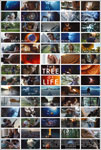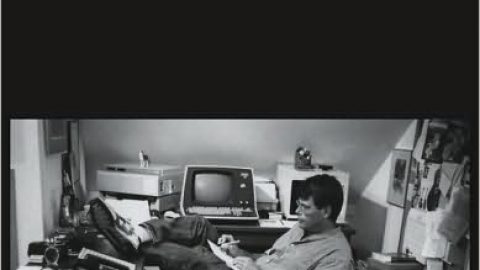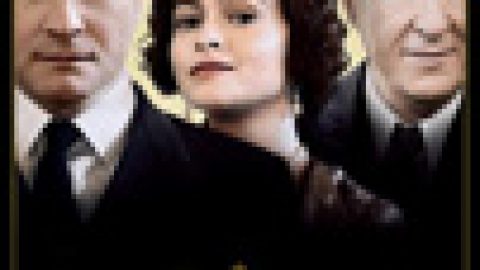The Tree of Life is contemplative, ethereal, impressionistic, and ultimately indecipherable. But indecipherable is appropriate, because the film deals with the “big issues” of the meaning of life and loss, the man vs. nature conundrum. Nature is beautiful, but it’s also mangy.
If you grew up sometime in the 1950s to the 1970s in one of hundreds of small towns across the U.S., likely you’ll relate to the depiction of childhood, family, and the slow unfolding of life and learning in that period. Writer/director Terrence Malick’s work here in capturing the sheer joy and wonder of childhood—and the fears and intense emotions—is quite brilliant. Weaving in ideas about Oedipal dichotomy, childhood trust, innocence, and the childhood shame associated with forbidden acts, Malick lays out a visual feast that’s memorable and nostalgic. No other film comes to mind that evokes childhood so vividly.
Brad Pitt captures the post-WWII clean-cut man who subscribes to discipline, order and his role as the authoritarian, believing he knows what will turn boys into men. I suspect Pitt’s Midwestern upbringing provided numerous references from which to draw to create his character, Mr. O’Brien.
The archetype of grace is complete in Mrs. O’Brien, played by Jessica Chastain, a rising star, whose striking natural beauty is on a different level than that of her contemporaries. There’s a certain young Sissy Spacek quality to her, which perhaps is not surprising casting. Malick’s first feature, Badlands, introduced newcomer Spacek to the big screen.
The child actors portraying the three O’Brien sons are all heartbreakers.
The Tree of Life reunites Malick (Days of Heaven, The New World) with one of his The Thin Red Line stars, Sean Penn, who with his characteristic moodiness (always “chewing on a bone”) is the perfect actor to play the adult version of one of the O’Brien sons at a point of his life when he’s finally grasping what his parents faced in their lives, including the loss of a son.
Loosely, the film consists of childhood, adulthood of one child in emotional crisis, and a creation story. The most linear part of The Tree of Life is in the childhood depiction. Cosmos and creation-of-the-world footage that is throughout the film was something I was expecting, as I’d read about it. However, these sections are much longer than I anticipated.
Screenwriters, don’t try this at home. While a writer/director/producer of Malick’s reputation can create such a personal and eclectic film and bring it to fruition, working outside of traditional genres and accepted film storytelling styles isn’t likely to produce the same results for those not living at such a rarefied level.
The Tree of Life received the prestigious Palm D’Or at this year’s Cannes Film Festival.
4 Purple Pencils
Tags: Brad Pitt Cannes Film Festival Maria Fotopoulos Terrence Malick The Tree of Life Write On Review Write On! Online







